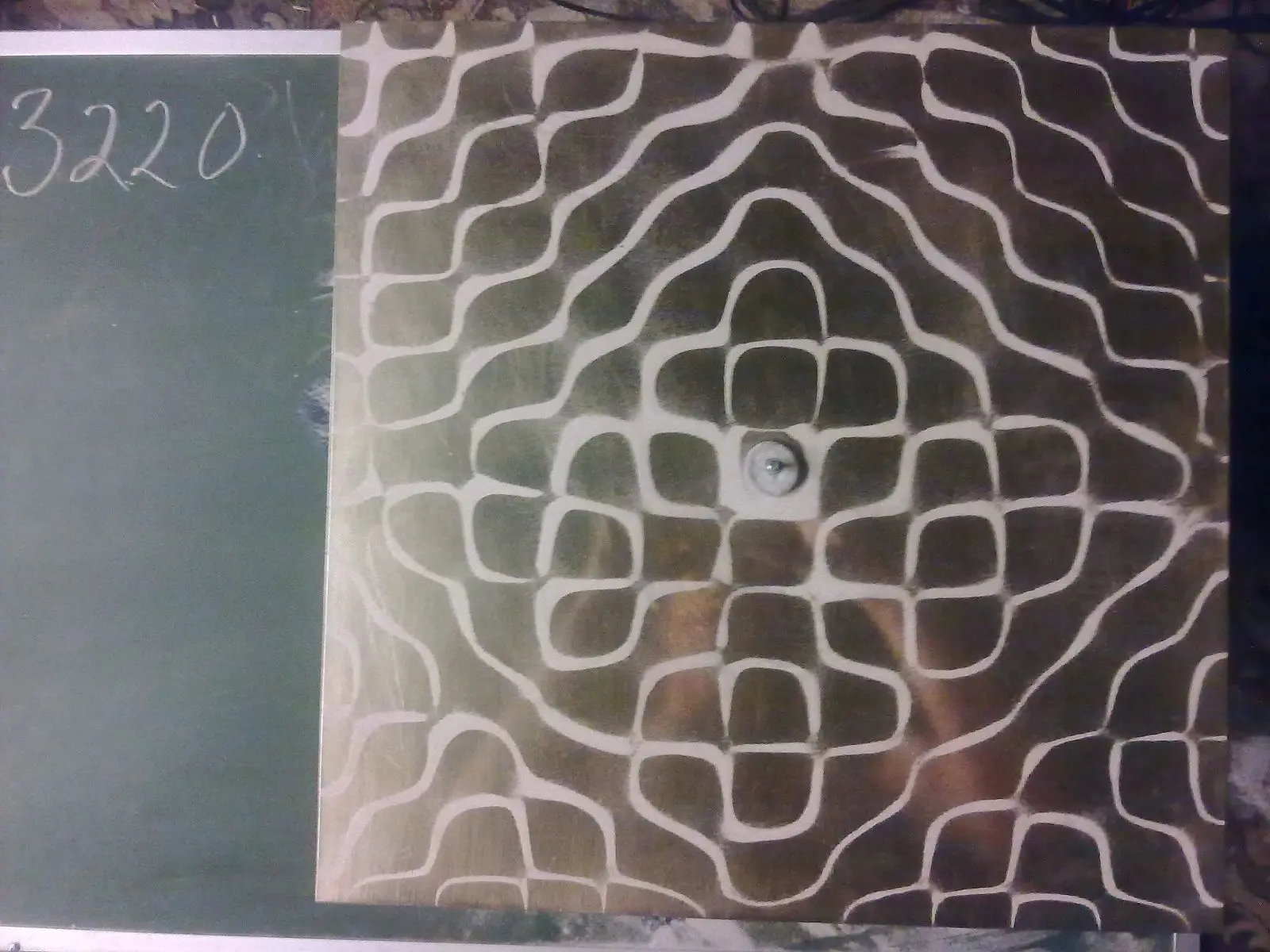This post is about your homeschool music curriculum. In other words, we will discuss the value of making music everyday in your homeschool life and provide some samples we use in our lessons below to inspire your work at home.
What is it about music?
This evening after dinner, my family gathered around our toddler. He had grabbed a mini-electric guitar and was vigorously strumming the strings. His chord-less strumming was accompanied by wild yet in-tune singing. It sounded like what I can only call “Indigenous Rockabilly.” It was fun. We clapped, sang, and danced along.
A little later, I went out of the house to get the mail and noticed how good I felt. This is a common experience for me, and it made me ask, what is it about music that’s so uplifting? In Our Twelve Senses, Dr. Albert Soesman explains that sound (and our sense of hearing) operates like a large brass bell. Imagine the bell sitting on the grass in an open field. What happens if you strike it? Well, not much because it’s earthbound. However, as soon as you lift the bell out of gravity and strike it again, suddenly it resounds a beautiful tone.
In this image of the hanging bell we have all that is required for sound. That is to say, in order to make a sound, a thing must be lifted out of gravity. It must become free of earth-boundedness, and that is the essence of music. It’s part of why it makes us feel so good.
Where does music fit into a homeschool curriculum?
While the right music can give wings to our hearts, there are other reasons to incorporate it into our daily curriculum. Music makes use especially of what Rudolf Steiner called the rhythmic system which includes the heart, lungs, and circulatory system. That is the system responsible for healing the body and maintaining balance within it.
Folk music from around the world is full of work songs that laborers would sing from the railroad to the farm field like, “I’ve Been Working on the Railroad.” What is the mystery behind all this singing while working? Why have humans done it for millennia? Well, it’s enlivening, strengthening, invigorating. Think about it, the only system in the body never to tire is the rhythmic system. In contrast to this stand the nerve-sense system and the metabolic system, both of which go through cycles of activity and rest. The rhythmic system, however, never fatigues from the moment of birth to the moment of death. Music is an outward expression of that, and that’s why its so healing. Music gets us breathing in a hygienic way, and that’s also vital part of education. It’s not just about the content we teach but also the process of our teaching. As Waldorf educators, we are trained to tend to the children’s physiology just as much as their minds.
Thus, an essential part of any homeschool curriculum is to incorporate music into every lesson. Aside from the physiological benefits, the right music paired with the academic content ensouls it and brings it to life. As an aside, we can even explore things like the Golden Ratio in the musical scale, which we do in 7th Grade Geometry. We can also explore Cymatics in 6th Grade Physics to see how sounds actually shapes physical reality. It gets especially trippy when we discover the Golden Ratio within the human body and must ask, “Did music make the human being? Did music make the world?”
I digress. Here are some song samples from our lessons:
Part songs:
Rounds:
Even some percussion:
How about a dedicated homeschool music curriculum?
This is something we’ve dreamed of creating and have every intention of doing so. Your feedback and requests could make it happen sooner. There are some other homeschool music curricula out there, but unfortunately I haven’t seen anything well tailored especially to grades-age children. For this, something new is needed.


Leave a Reply
You must be logged in to post a comment.